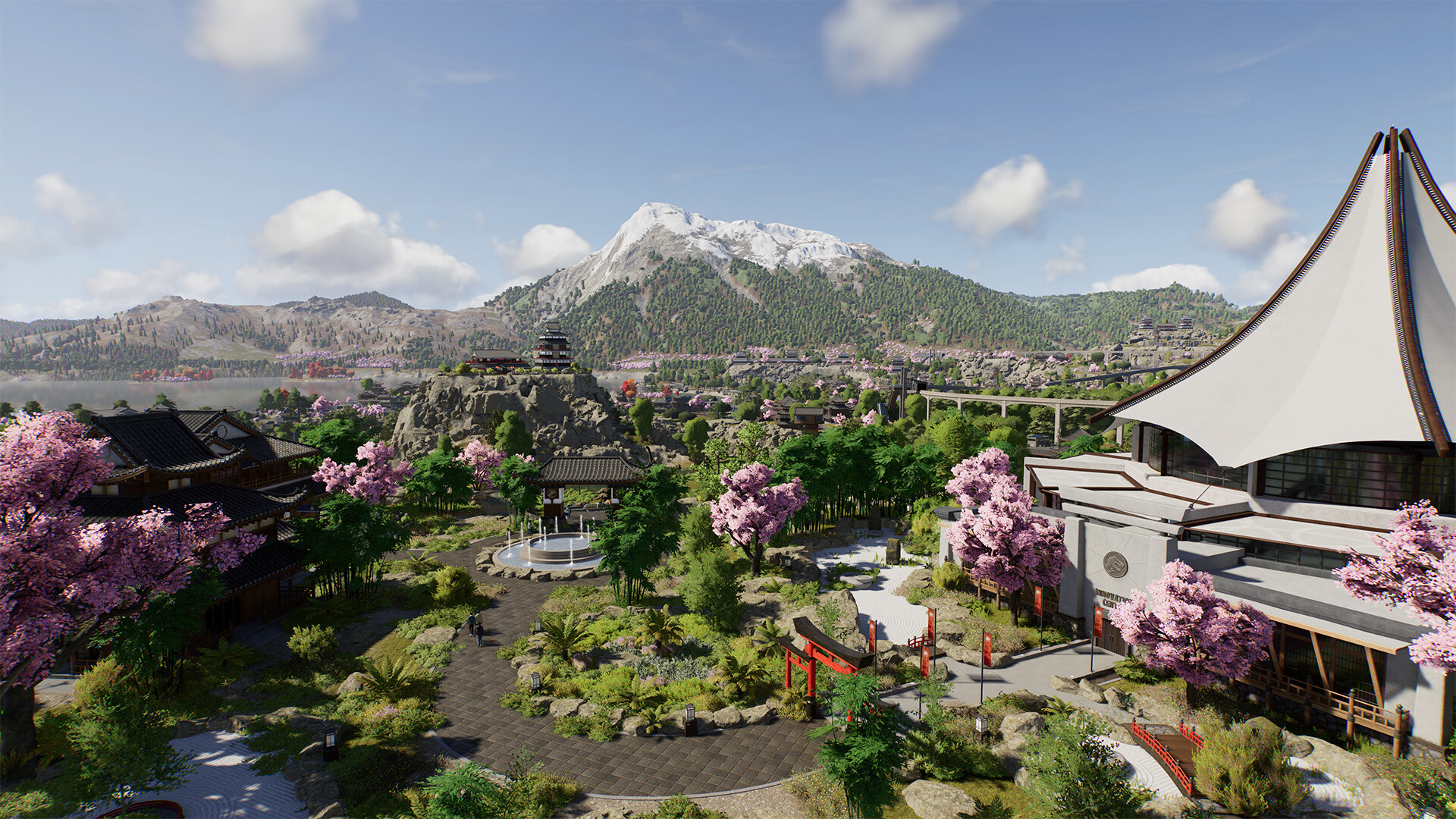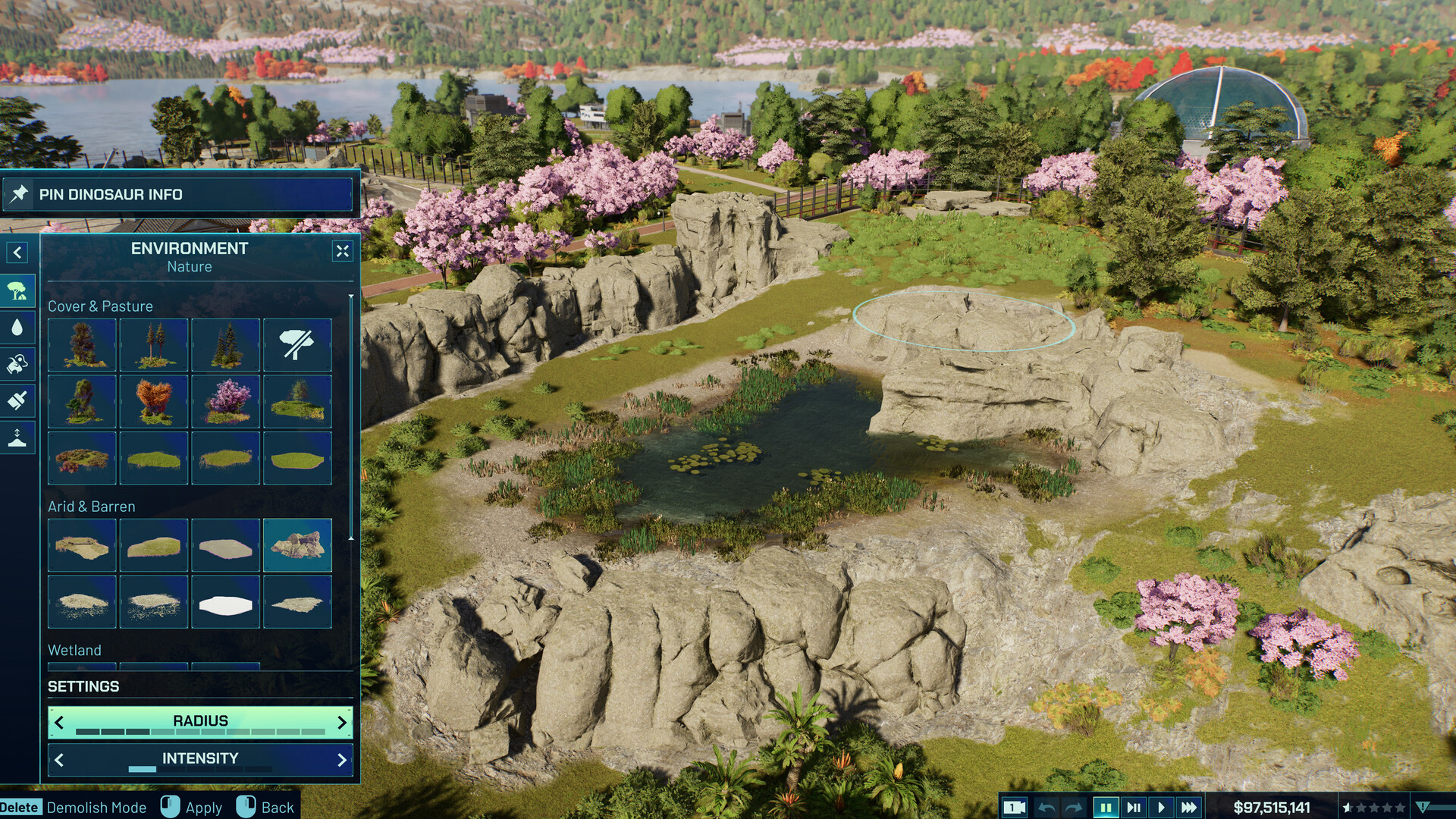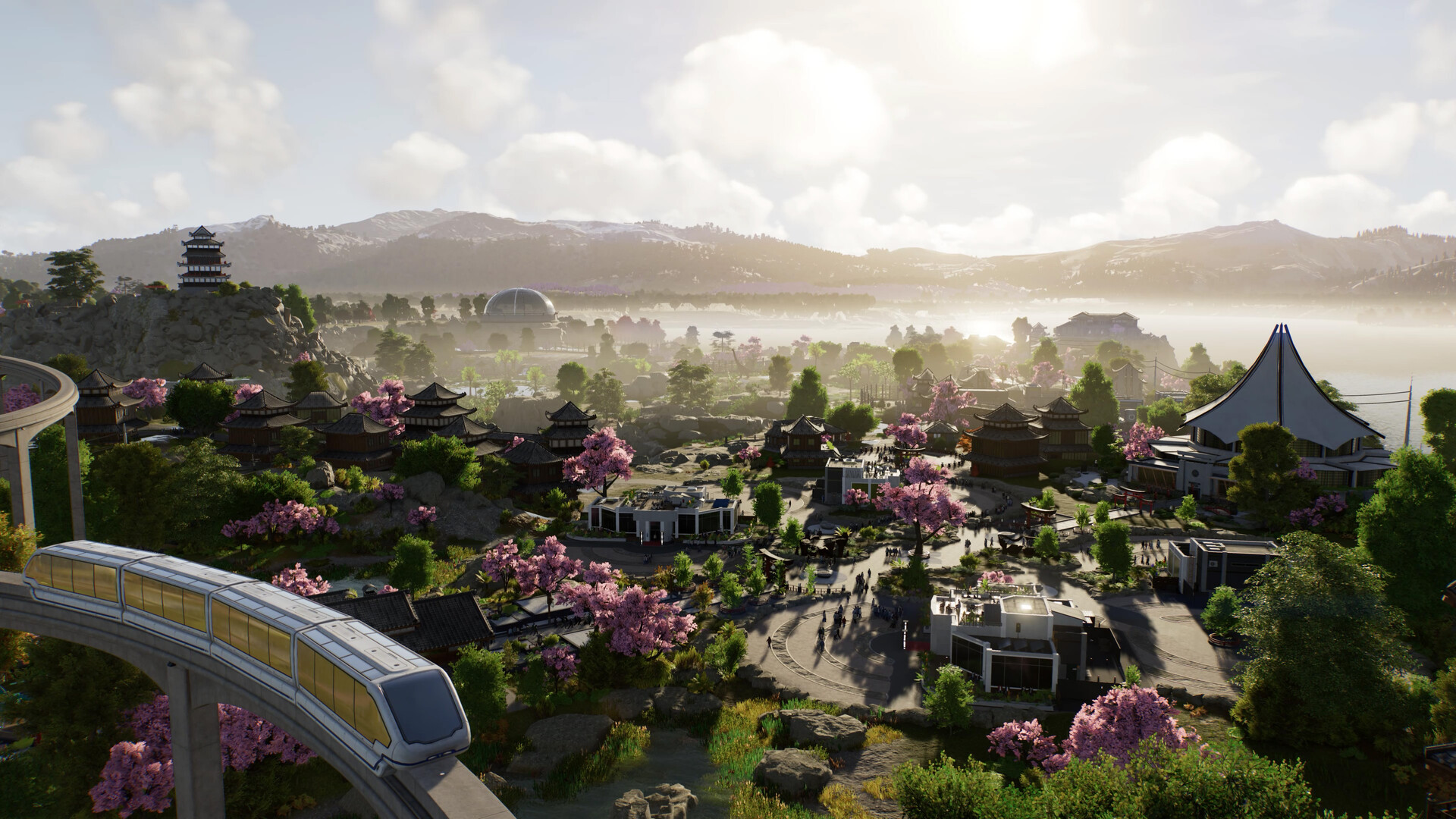Frontier Developments returns to its prehistoric management simulator with Jurassic World Evolution 3. This third installment successfully integrates several key quality-of-life adjustments and maintains the series’ trademark visual splendor, officially making it the best version of the dinosaur park simulator to date. However, improvement does not necessarily equal innovation. Despite its technical prowess, Evolution 3 plays it safe, leaving the player with a nagging question: is this a truly necessary evolution, or simply a beautifully rendered iteration of what came before?
The game successfully eases players into its complex systems through a campaign that manages to feel welcoming yet engaging. Campaign missions introduce new elements at a pace that “never feels slow but also never is that fast that it feels overwhelming.” This steady introduction ensures newcomers are grounded, while veterans appreciate the smooth onboarding process. Ultimately, Jurassic World Evolution 3 is a highly competent product, presenting an experience that is both smooth and highly detailed, assuming you can overlook its narrative excesses and its adherence to the established blueprint.

A Visual Ecosystem Alive
From a technical standpoint, Jurassic World Evolution 3 is gorgeous. The experience remains visually stunning, upholding the high standard set by its predecessors. The fidelity of the game world makes building and management an exercise in admiration. Viewing the whole park from above offers a grand, strategic perspective, yet the graphics hold up well when the player zooms directly into the pathways and enclosures. This granular detail ensures that the parks feel truly “alive.”
The visual performance is noted to be very smooth, reinforcing the sense of detail and immersion. The technical execution of the game never breaks the illusion; whether watching dinosaurs interact with their habitat or observing the flow of guests, the world is consistently vibrant and polished. This commitment to aesthetic quality is perhaps the easiest aspect of Jurassic World Evolution 3 to praise.

Streamlining the Science of Safety
Where Jurassic World Evolution 3 truly shines and justifies its existence is in the subtle yet crucial quality-of-life (QoL) adjustments that streamline park management. These changes are designed to make the minutiae of dinosaur care less tedious and more intuitive, allowing the player to focus on the enjoyable aspects of design and observation.
One of my favorite improvements centers on enclosure management and habitat closures. Previously a potentially cumbersome process, necessary adjustments—such as adding vegetation or water—are now remarkably quick. The player can click directly on a dinosaur, initiating a menu that immediately identifies what resources or environmental elements the animal is missing. After adding the required amount, the system provides instant feedback, showing exactly when the requirements have been met.
This efficient, streamlined process means less time spent sifting through menus and micromanaging needs, and more time for the activities the player finds genuinely fun, like just admiring the dinosaurs.

Too Much Chatter in the Control Room
While the gameplay loop is tightened through smart QoL changes, the commitment to cinematic narrative proves to be the game’s weakest link. Jurassic World Evolution 3 continues to follow the framework established by the newer film trilogy, a setting that, for some, feels less intrinsically interesting than the concept explored in the first game: a time before the dinosaurs truly ran wild.
The core issue lies in the game’s narrative burden. Although the missions guide the player well, the surrounding story feels like it wanted to tell a park management story too much. Worse still is the execution of the dialogue and voice acting. While the appearance of beloved film personalities is standard for the series, hearing Jeff Goldblum for the third time feels excessive. The scripting itself fails to justify the screen time.
Ultimately, the game would have benefitted significantly from less story, less text and voices to listen to, and a stronger, purer focus on the campaign missions themselves. The story bits distract from the strategic depth of the park-building simulator it aims to be.
Building the Same Dream Park
The fundamental joy of Jurassic World Evolution 3 remains the process of creating a personal dinosaur sanctuary from scratch. This core loop, building and designing the park, is still the best part of the experience. The game facilitates creativity through welcome features, such as the ability to choose building designs based on the film they originate from, allowing players to recreate the classic Jurassic Park aesthetic if they choose.
However, even with these technical improvements and visual assets, the experience of building your own park ultimately feels eerily similar to both earlier iterations. This is the central friction point for Jurassic World Evolution 3: while it is technically sound and highly functional, it fails to take any significant leaps forward. It plays very safe, sticking rigidly to the established mechanics and scope of the series.
This safety leads to the primary critical dilemma: the game is excellent, yet it prompts the question of whether one should simply play the first or second game instead. For players with only a casual interest—those like me with sub-50 hours in previous titles—Jurassic World Evolution 3might feel too familiar to justify the upgrade. Only for the die-hards, those who have invested hundreds of hours into the previous installments and desperately crave the enhanced QoL features and new models, will this iteration feel essential.

Conclusion
Jurassic World Evolution 3 is a finely tuned machine—it is the apex of the series in terms of polish and user experience. Its quality-of-life changes make park management genuinely more engaging and less frustrating. But the game’s hesitation to innovate, coupled with a cumbersome narrative structure, leaves the overall product feeling like a definitive version of an already familiar concept. While it looks fantastic and manages beautifully, it misses an opportunity to truly redefine the dinosaur management genre.

Leave a Reply